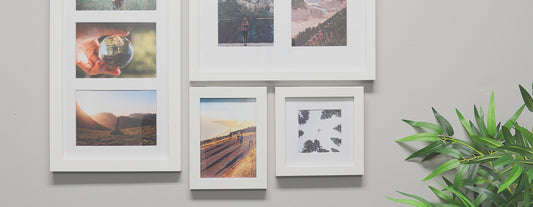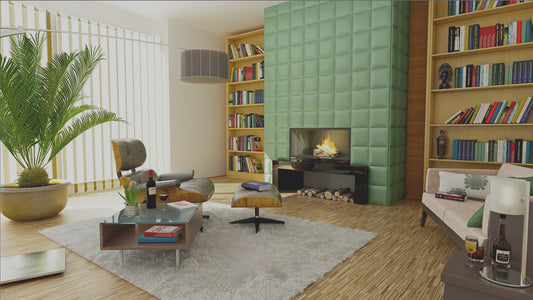
Protecting and Preserving Your Prints and Artwork
Preserving your prints and artwork is essential for longevity and the retainment of the quality of the piece. Improper preservation can lead to damaging and even ruining of the print or artwork. Environmental factors such as humidity, dust, and sunlight can contribute to said damage, so it is important to store your masterpiece properly. Luckily for you, we offer a wide selection of preservation items on our website, all in one place! Below we will explore each of these items and how to use them to keep your artwork looking as great as it did when you first brought your vision to life.
Products we offer for protection and preservation of your print or artwork:
- Archival Storage Box
- Tissue
- Glassine
- Photo Mounting Sleeve
- Photo Album
- Mat Board
Archival Storage Box
An archival storage box serves as an easy and effective way to store your prints, artwork, documents and other paper items that you would like to prevent from getting damaged. The box is acid-free museum quality, and offered in a variety of different sizes, colors, and types.
- Drop Front
Features a front open flap to allow for easy access to the items you are storing in the box. Easily slide your items out of the box through the open flap. Top is detached from the body of the box.

- Clamshell
Corners are enclosed, and the top of the box has an opening for your thumb so that you can easily lift the top open to access your stored items. These boxes also have metal edges, allowing for box stability. Top is attached to the body of the box.

When storing prints, artwork, and documents, it is vital to ensure no prints are touching each other, lying flat, and that they are separated by archival quality tissue.
Tissue
Tissue can be used for a variety of purposes, most importantly preserving prints and artwork. Tissue can also be used for protecting materials such as clothing and textiles, and can be used as a packing material for delicate objects. There are two types of tissue: buffered and unbuffered. Both types work great for interleaving.

- Buffered - Black-and-white prints
Buffered tissue is most commonly used with black-and-white prints. Can also be used with paper, textiles, and artifacts. Contains an agent that neutralizes acids and prevents acid migration.
- Unbuffered - Specialized artwork, prints with color
Unbuffered tissue is used for more specialized artwork and prints, such as cyanotype, dry transfer, and chromogenic prints. Also used for preservation of silk, leather, and wool materials. Also great for prints with color.
Glassine
Glassine is an acid free and unbuffered paper. It has a pH of 7.0, and used primarily for storing watercolor and charcoal drawings. It is not recommended for long-term storage, as over time it can adhere to soft and medium-rich paint, which can cause permanent damage.

Photo Mounting Sleeve
Photo mounting sleeves are self-adhesive and used for added protection when displaying your print. They can be adhered to any flat, clean surface without damaging the print itself. Great for use in photo albums and scrapbooks. Easily insert and remove your print through the open top. Photo mounting sleeves are offered in size 4x6 and 5x7. They are clear for easy viewing.
Photo Album
Photo albums are great for storing your prints in a way that makes them easily viewable all in one place, such as family photos. Our photo albums also feature a memo section next to each image so that you can easily record information pertaining to the photo without having to write on the back of the print itself. They are offered in two different sizes and many different colors and finishes.
Photo mounting sleeves and photo albums are not recommended for professional use of photographs, artwork, and drawings as both expose the item to pressure and sunlight.
Mat Board
When placing your print or artwork in a frame to be displayed on your wall, using a mat board can help seperate it from the glass or acrylic at the front of the frame. Make sure the mat board you choose is acid free. A mat board can also be used when selling your artwork or print. Mounting them to the mat board and a backing board, and then finishing it off with a clear bag will help ensure the print or artwork does not bend and stays clear of any debris or pollution during transport. The person buying your artwork or print can then simply take the print or artwork displayed in the mat board and place it all inside a picture frame.

Regardless of what method and items you use, preserving and protecting your prints and artwork is essential for maintaining its longevity. We hope you find this blog, and the products mentioned in it, helpful!








